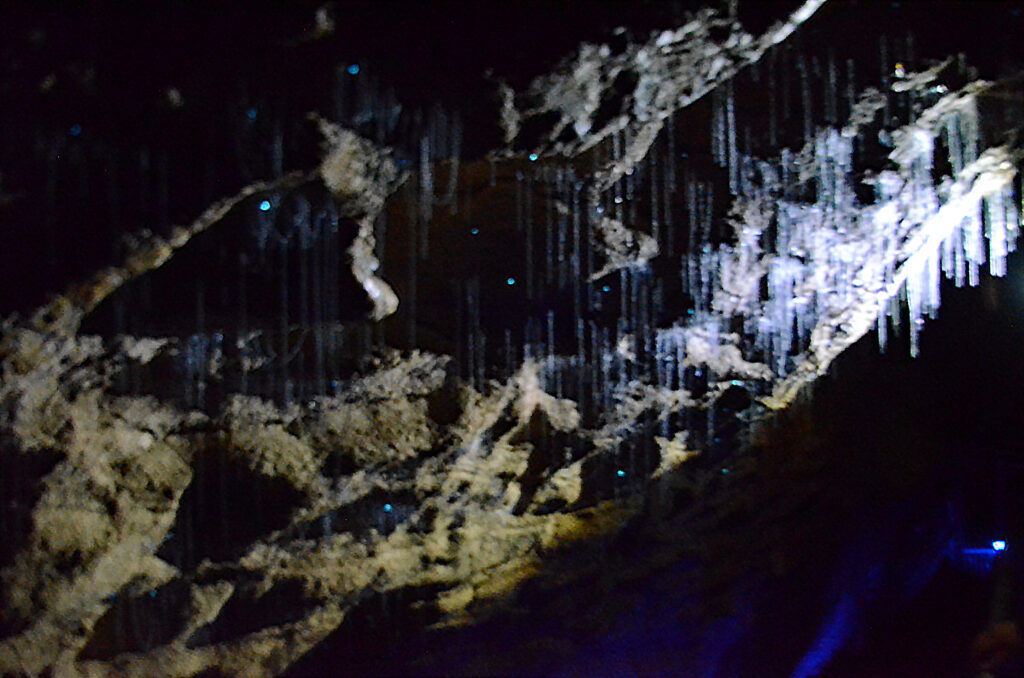The universe is vast, filled with billions of stars and planets, some of which may harbor life. Yet, despite the high probability of extraterrestrial existence, our skies remain eerily silent. This conundrum, known as the Fermi Paradox, questions why we haven’t encountered alien life if the universe is so expansive. Scientists across the globe are on a quest to solve this mystery, employing cutting-edge technology and innovative theories. Their efforts are not just about finding life but understanding our place in the cosmos. This article delves into the fascinating strategies and theories scientists are using to address this cosmic puzzle.
Understanding the Fermi Paradox

The Fermi Paradox is a question that has puzzled scientists and philosophers alike: If there are so many planets capable of supporting life, why haven’t we met any aliens? Named after physicist Enrico Fermi, the paradox highlights the contradiction between the high probability of extraterrestrial life and the lack of evidence for, or contact with, such civilizations. The universe is roughly 13.8 billion years old, and in that time, countless stars have formed, many with planets in their habitable zones. Given these conditions, one might expect the galaxy to be teeming with life. Yet, our cosmic neighborhood remains silent, prompting scientists to explore various explanations.
Searching the Stars: The Role of Telescopes
Telescopes are our windows to the universe, allowing us to peer into distant worlds. Modern telescopes, both ground-based and space-borne, are equipped with advanced technology to detect signs of life. Instruments like the Kepler Space Telescope have identified thousands of exoplanets, some of which reside in the habitable zone of their stars. These telescopes analyze light spectra to determine the composition of planetary atmospheres, searching for biosignatures like oxygen or methane that might indicate life. By studying these distant worlds, scientists hope to identify planets that could harbor life, bringing us one step closer to solving the Fermi Paradox.
Listening for Signals: SETI’s Quest
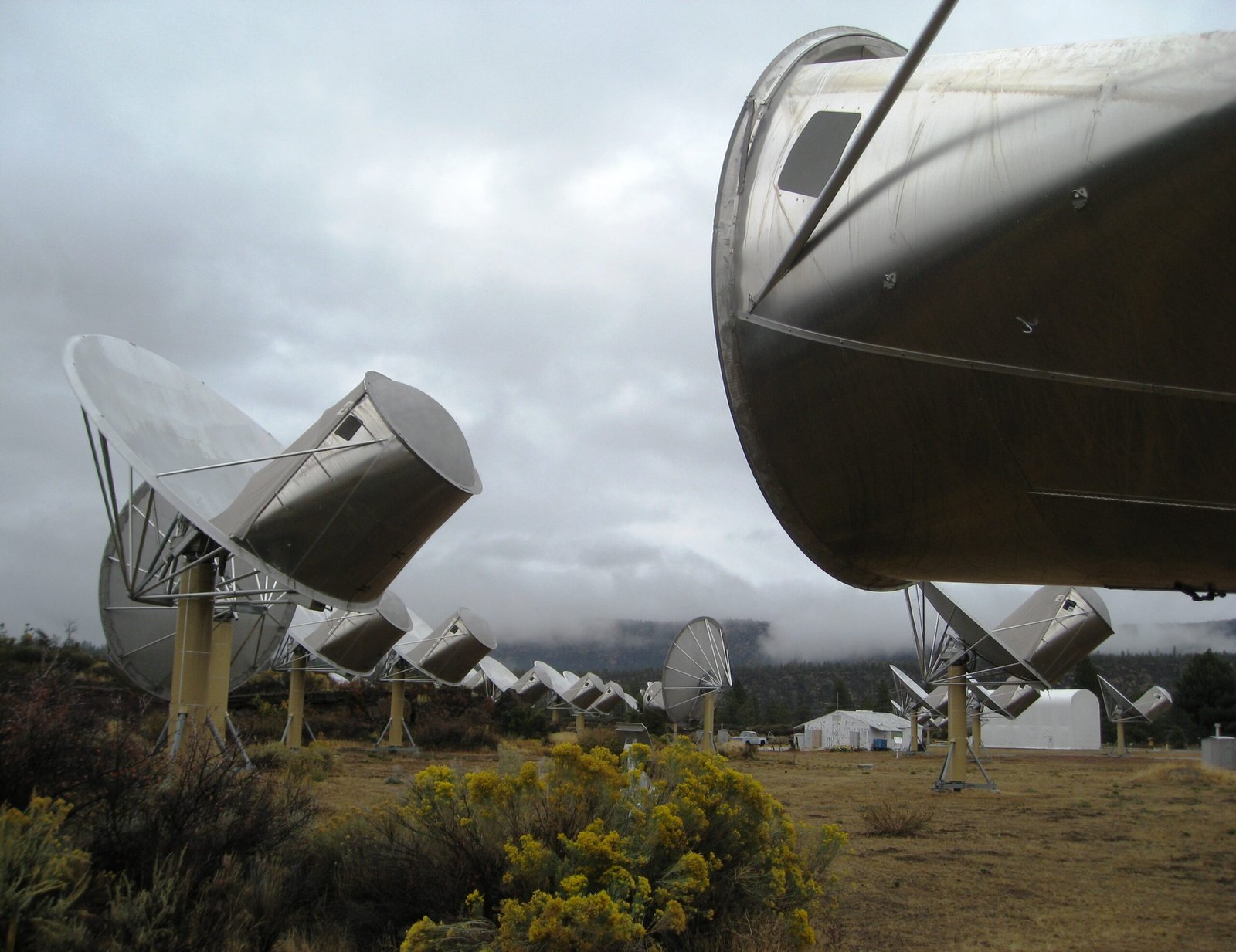
The Search for Extraterrestrial Intelligence (SETI) is dedicated to listening for signs of alien civilizations. SETI uses radio telescopes to scan the skies for non-random signals that might indicate intelligence. These efforts focus on the “water hole” frequency range, where cosmic noise is minimal, making it easier to detect potential alien transmissions. Although no confirmed signals have been received, SETI’s work is crucial in our quest to answer the Fermi Paradox. By continuing to listen, we keep open the possibility of eventual contact, driven by the hope that somewhere out there, another civilization is trying to reach us.
Exploring Our Solar System: Mars and Beyond
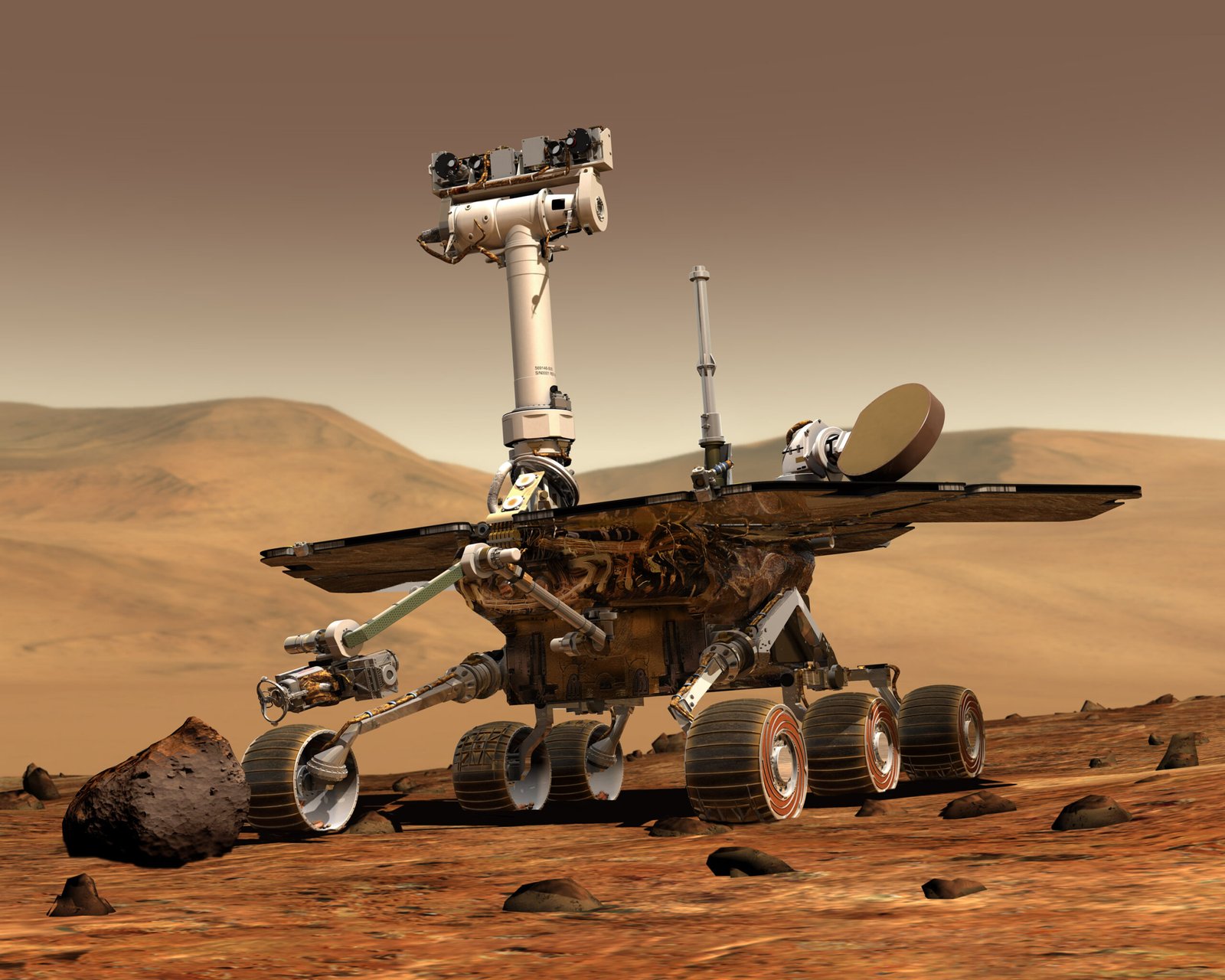
Mars has long been a focal point in the search for extraterrestrial life. With its ancient riverbeds and evidence of past water, Mars raises tantalizing questions about its habitability. Missions like NASA’s Perseverance rover are exploring the Martian surface, searching for signs of past life. Beyond Mars, moons such as Europa and Enceladus, with their subsurface oceans, are also prime candidates for exploration. These missions aim to detect microbial life or its remnants, providing clues about life’s potential beyond Earth. By understanding our solar system’s capacity for life, scientists hope to gain insights into the Fermi Paradox.
Astrobiology: The Science of Life Beyond Earth
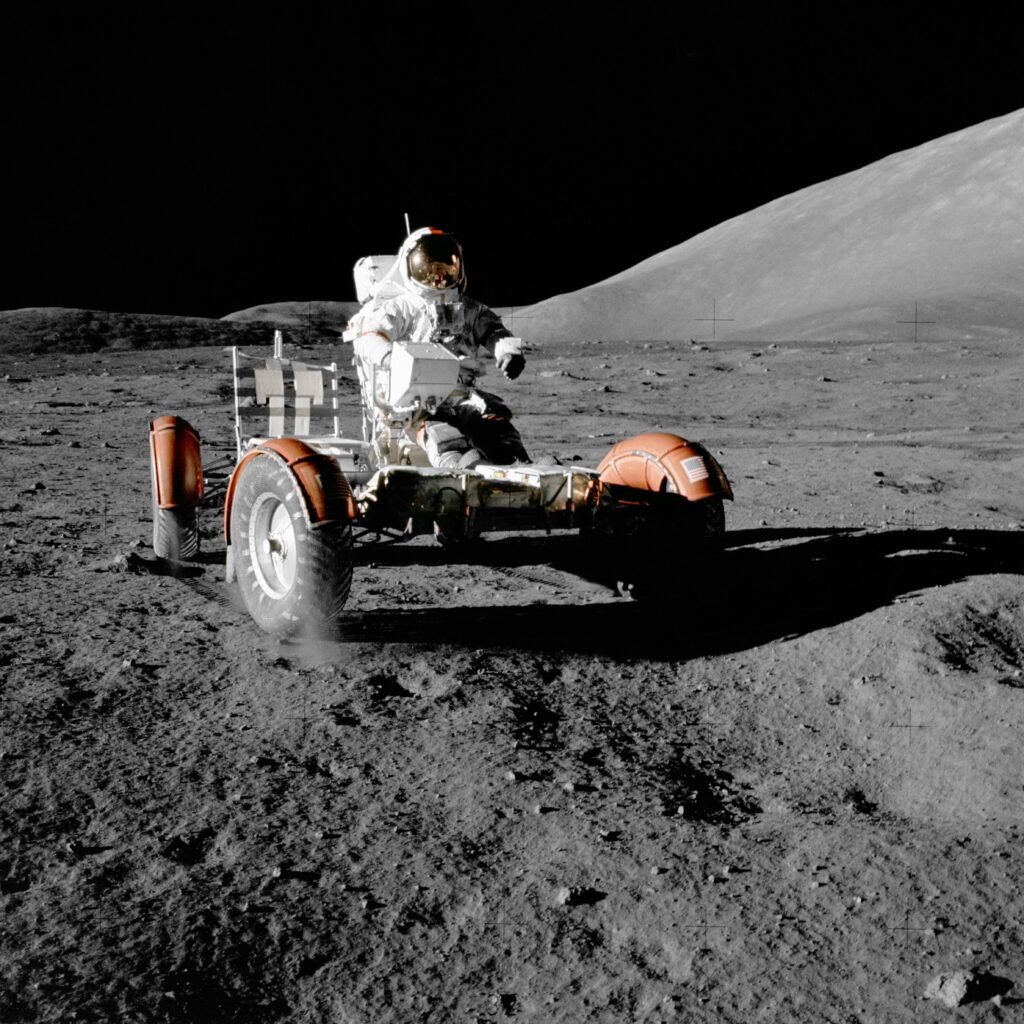
Astrobiology is the interdisciplinary study of life in the universe, examining the conditions required for life to arise and persist. This field combines biology, chemistry, and astronomy to explore life’s potential on other planets. Astrobiologists study extremophiles, organisms that thrive in extreme conditions on Earth, to understand how life might exist in harsh environments elsewhere. By simulating extraterrestrial conditions in laboratories, scientists explore the limits of life, broadening our understanding of where and how life might exist in the cosmos. These studies are vital in addressing the Fermi Paradox, offering insights into the adaptability of life.
The Great Filter Theory

One explanation for the Fermi Paradox is the Great Filter theory, which suggests there is a stage in the evolution of life that is incredibly difficult to surpass. This filter could be behind us, meaning intelligent life is exceedingly rare, or ahead of us, suggesting advanced civilizations self-destruct before achieving interstellar communication. The Great Filter is a sobering hypothesis, prompting reflection on humanity’s future. Understanding this concept is crucial as it offers a framework for evaluating the likelihood of other civilizations and encourages us to consider the sustainability of our own technological progress.
Dark Forest Theory: A Cosmic Game of Hide and Seek

The Dark Forest theory posits that advanced civilizations intentionally hide to avoid detection by potentially hostile aliens. According to this view, the universe is a dark forest where every civilization is a silent hunter, wary of revealing its presence. Broadcasting signals could invite danger, leading to a strategy of cosmic silence. This theory challenges our approach to seeking extraterrestrial life, suggesting that caution might be necessary. It adds a layer of complexity to the Fermi Paradox, inviting debate about the risks and ethics of reaching out to unknown civilizations.
Technosignatures: Beyond Radio Waves
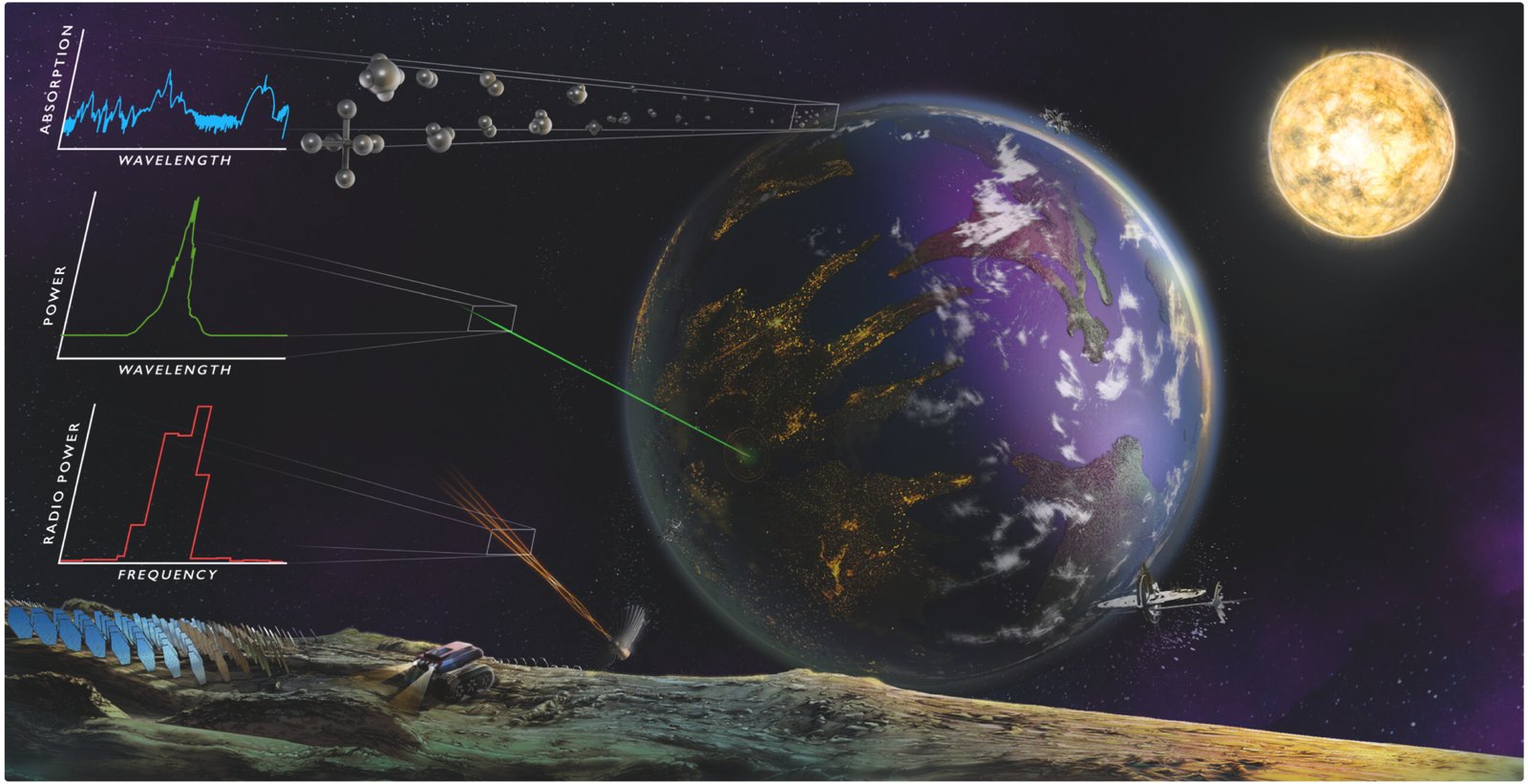
While traditional SETI searches focus on radio waves, scientists are expanding their search to include technosignatures, indirect evidence of technology. These could include laser emissions, artificial structures, or even waste heat from industrial processes. By broadening the scope of our search, we increase the chances of detecting alien civilizations. The search for technosignatures is in its infancy, but it offers a promising avenue for exploration. By considering a wider range of possibilities, scientists hope to uncover evidence of technological civilizations, providing new insights into the Fermi Paradox.
The Role of Artificial Intelligence in the Search
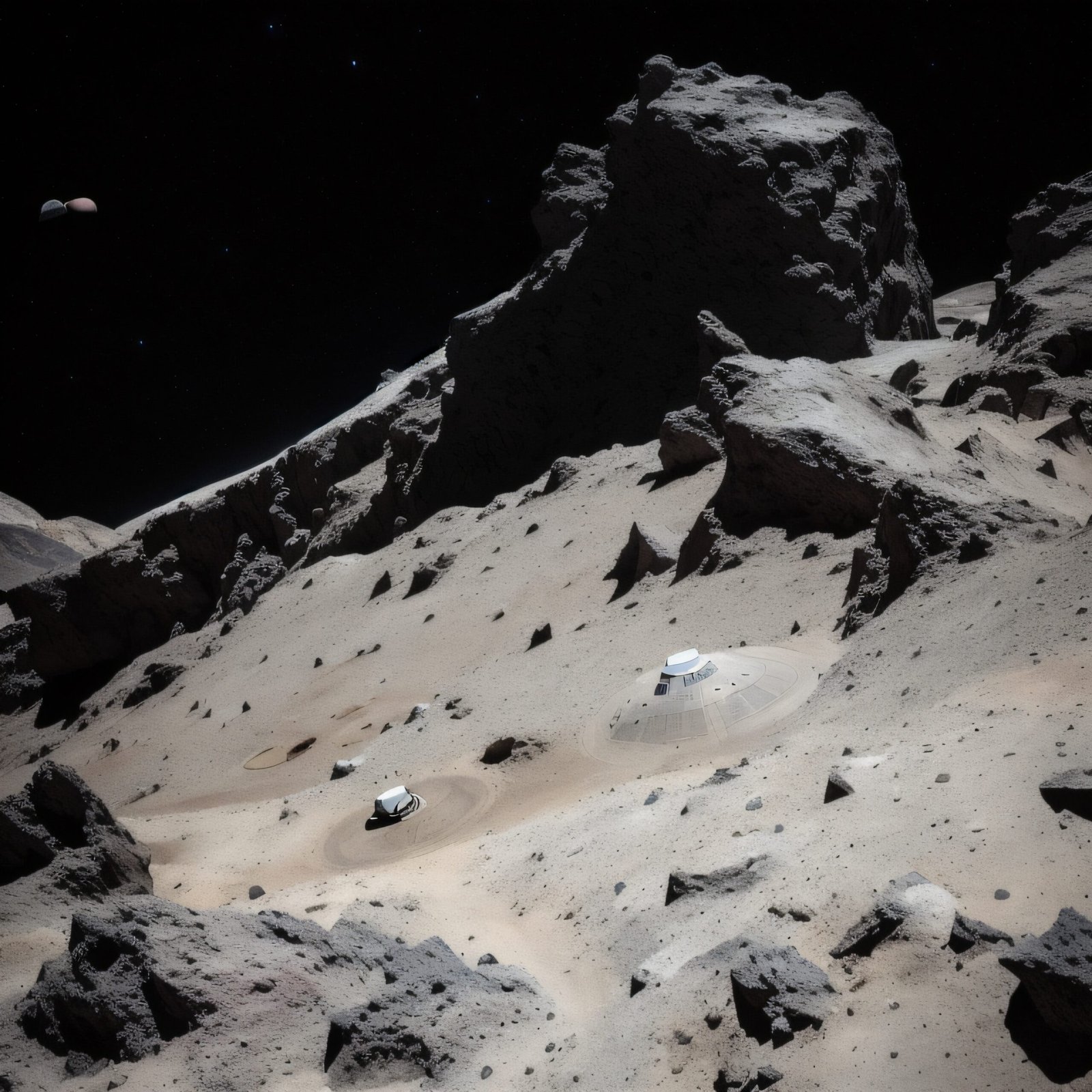
Artificial Intelligence (AI) is revolutionizing the search for alien life. AI algorithms can process vast amounts of data more efficiently than humans, identifying patterns and anomalies that might indicate extraterrestrial presence. For example, AI is used to analyze light curves from exoplanets, detecting subtle changes that might suggest life. By automating data analysis, AI accelerates our search efforts, allowing scientists to focus on investigating promising leads. AI’s role in solving the Fermi Paradox is crucial, as it enhances our ability to sift through the cosmic noise, bringing us closer to potential discoveries.
Contemplating the Implications of Discovery
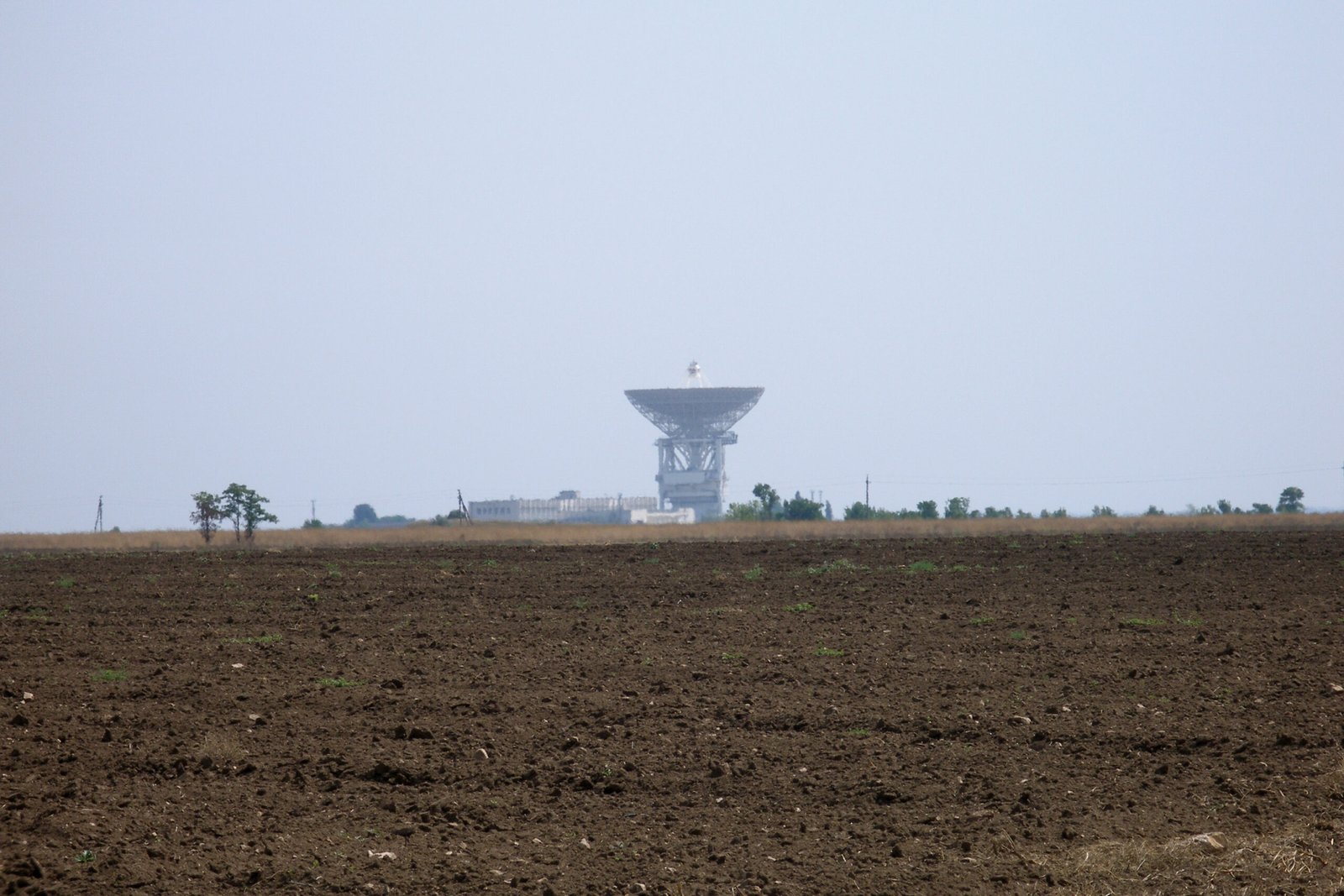
The discovery of alien life would have profound implications for humanity. It would challenge our understanding of life, prompting philosophical and ethical questions about our place in the universe. Such a discovery would unite humanity in a shared quest for knowledge, transcending cultural and political boundaries. It could also redefine our priorities, encouraging sustainable practices as we consider our role in a larger cosmic community. Whether we are alone or not, the search for extraterrestrial life inspires awe and wonder, driving us to explore the unknown and embrace our shared potential.


